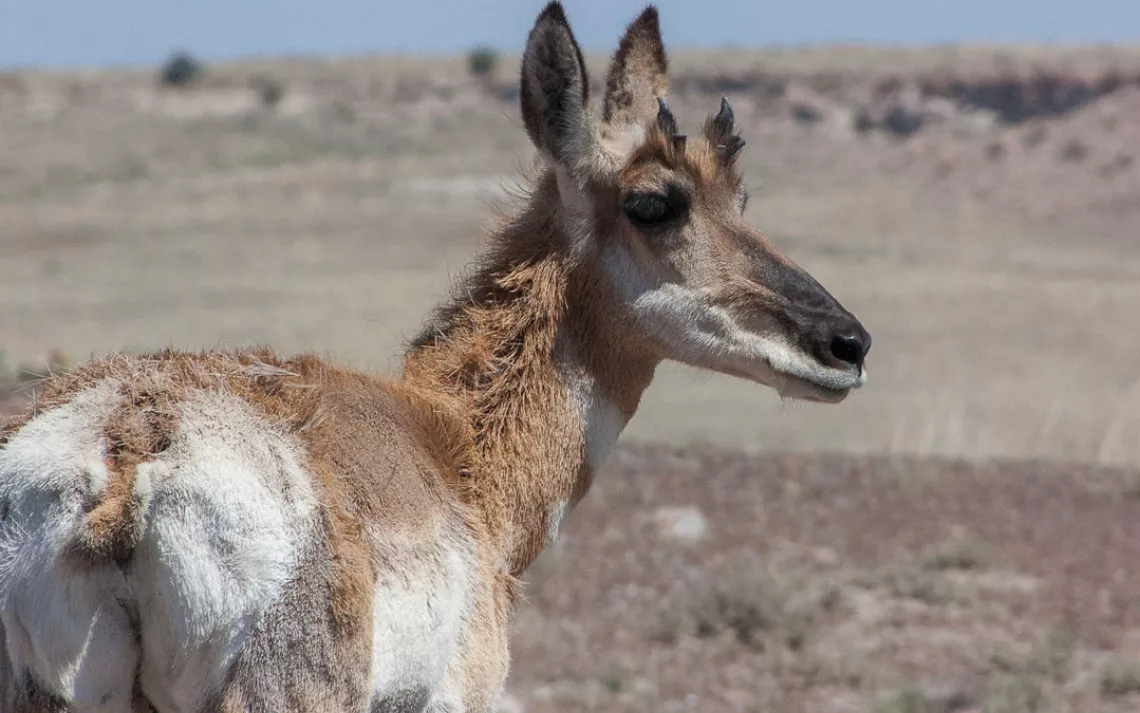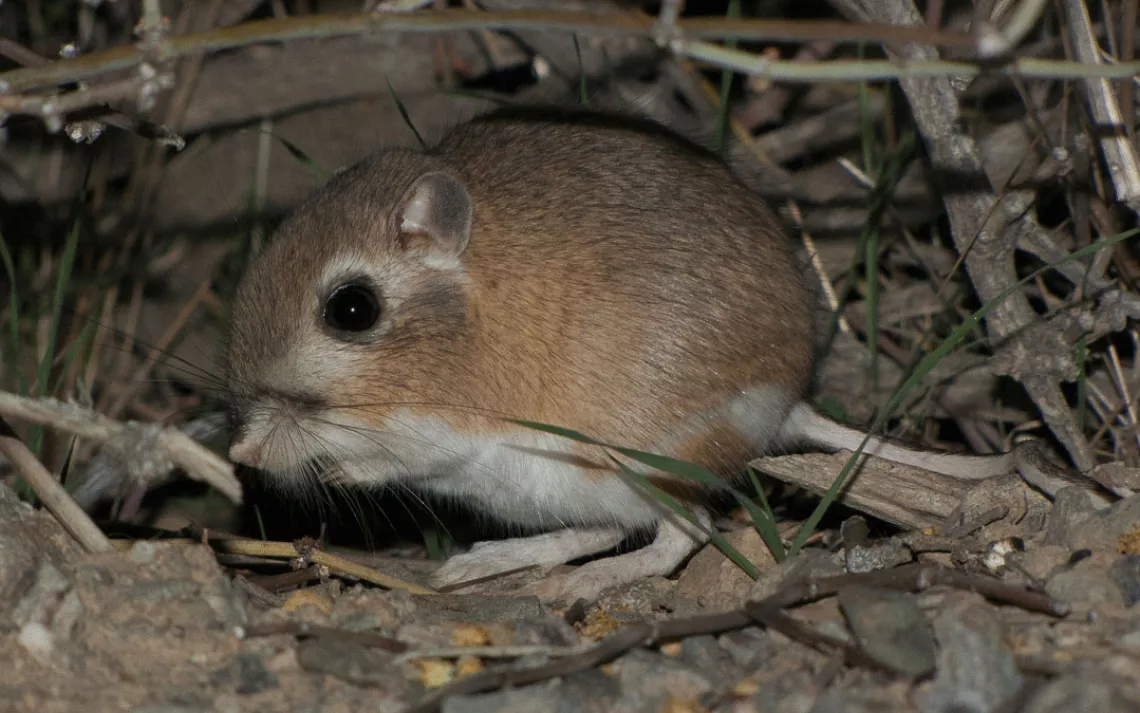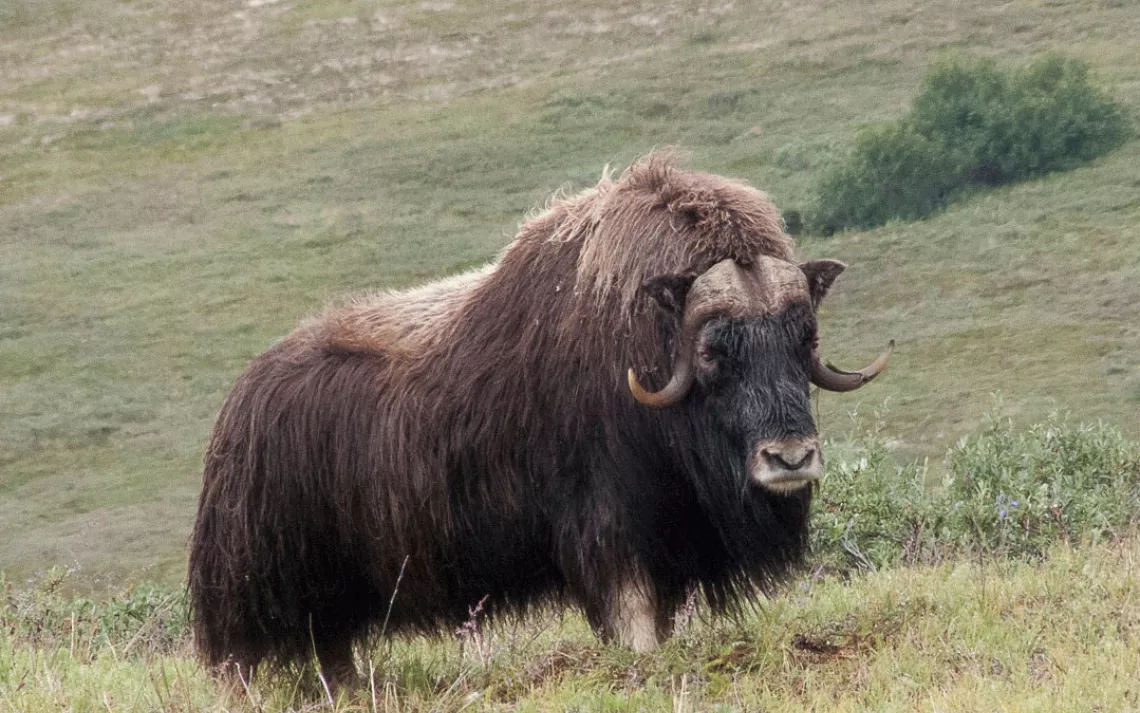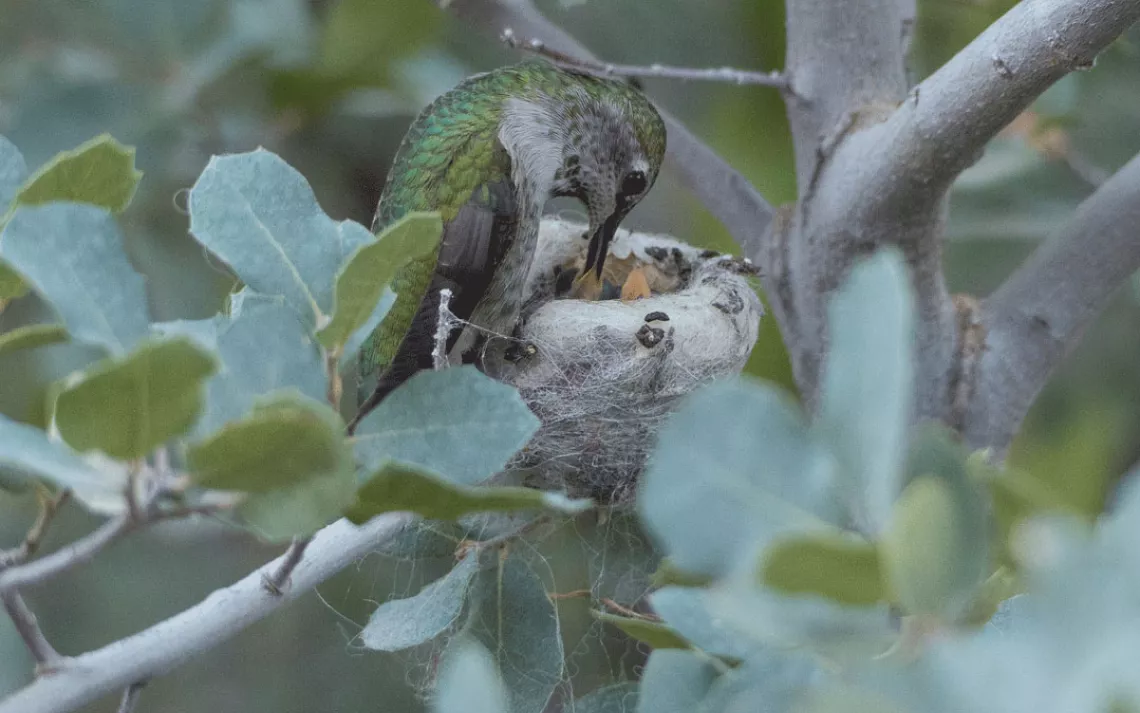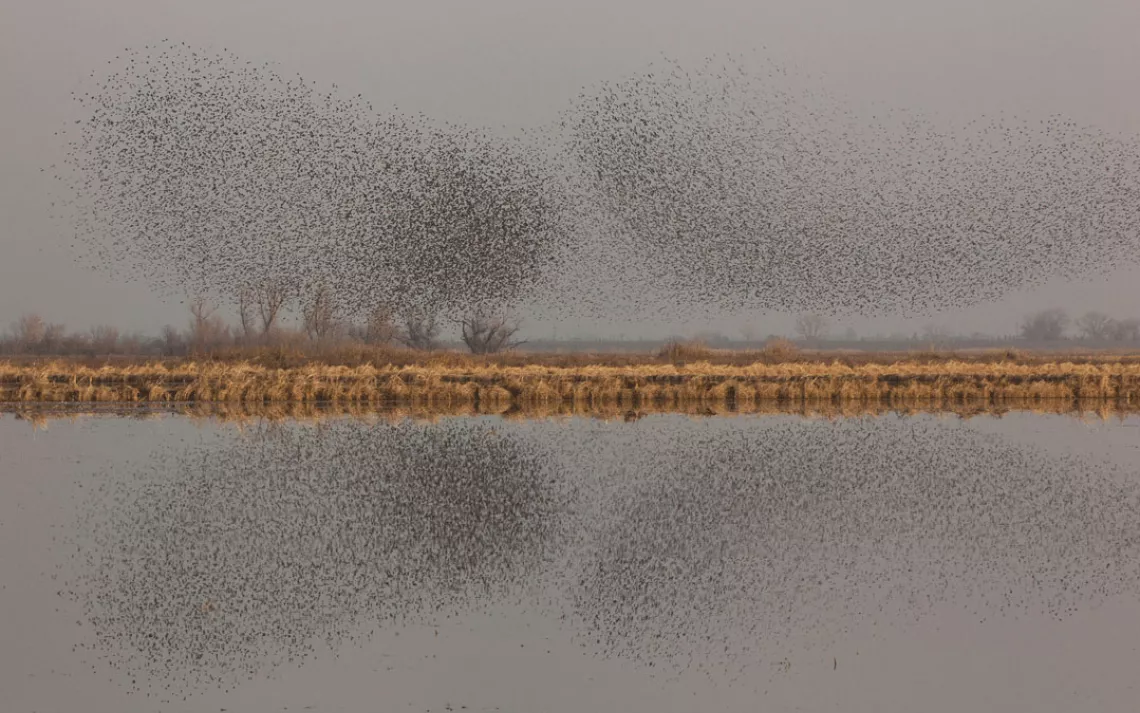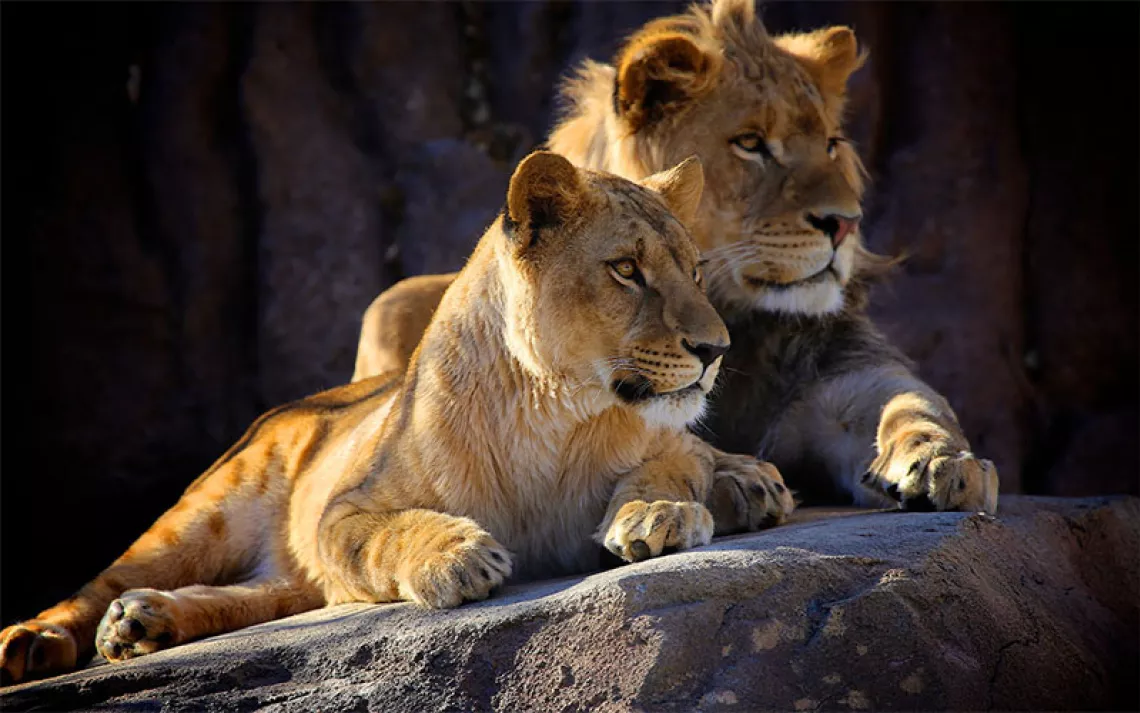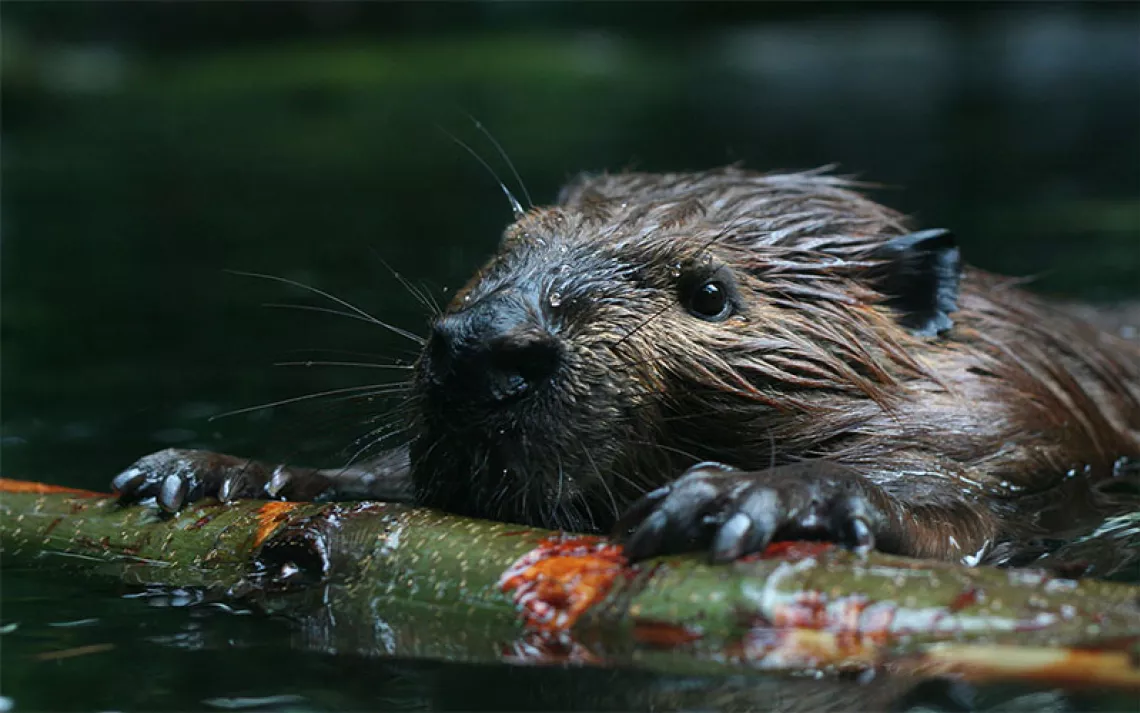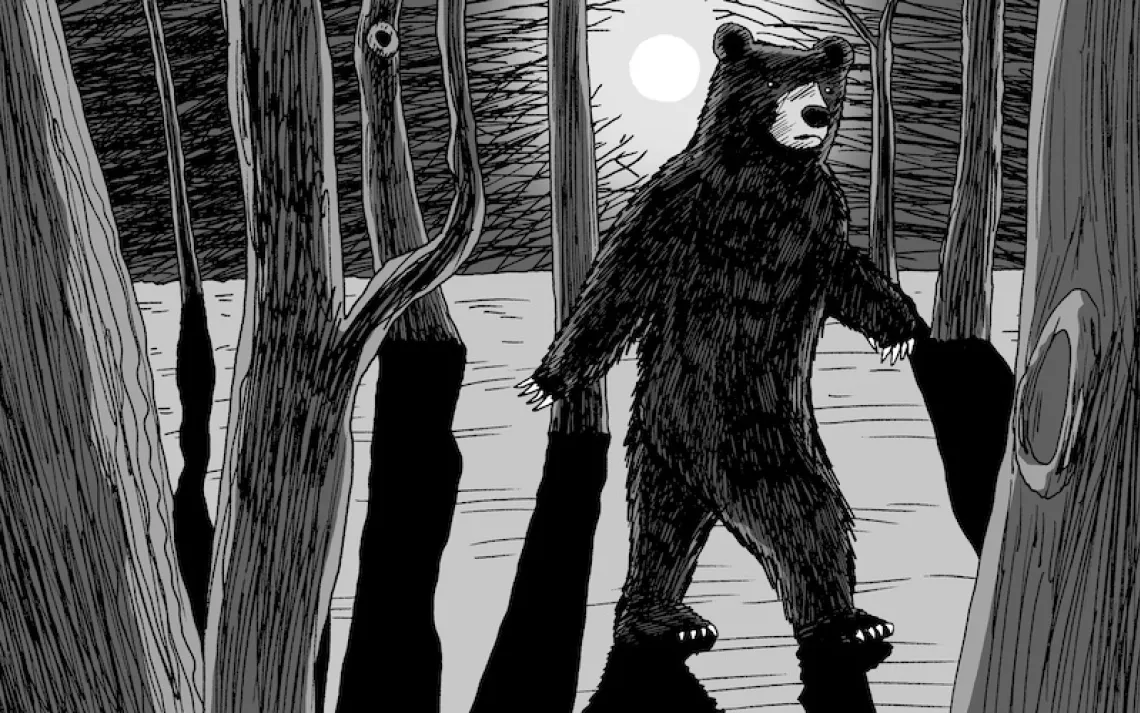Related Articles
What New Research and Indigenous Wisdom Teach Us About the Octopus—And Ourselves
“Secrets of the Octopus” adds to a diverse collection of cephalopod knowledge
April 24, 2024
The Best Wildlife Cams to Celebrate World Wildlife Day
These live streams provide a front-row seat to wildlife across the globe
February 28, 2024
How to Baffle a Beaver
A simple trick turns destructive urban pests into valuable ecosystem engineers
January 30, 2024
ICYMI: Bigfoot or Big Bear, Biden Pauses LNG Terminals, Four New Penguin Colonies & Solar Panels on the Pentagon
Environmental news of the week for busy people
By Paul Rauber
January 26, 2024
Most Read
How to Hit the Trail With Nothing but Amtrak and a Bicycle
From Idaho to Alabama to Maine, adventure outdoors without taking a single car ride or plane trip
By Robert Annis
April 7, 2024
The World's Tiniest Insect Fights Off Crop Pests and Inspires More Efficient Computers
The fairy wasp exists on almost every continent, yet almost no one has seen one
By Julia Sklar
April 10, 2024
Celebrate Earth Day by Skipping the "Green Consumerism" Fads
If you really want to live the spirit of Earth Day, don’t buy anything
April 17, 2024
Conservation Groups Sue to Stop Wolf Hunting in Idaho, Montana, and Wyoming
Wildlife organizations say federal agencies aren’t doing enough to protect wolves in the Rockies
April 11, 2024
 The Magazine of The Sierra Club
The Magazine of The Sierra Club
